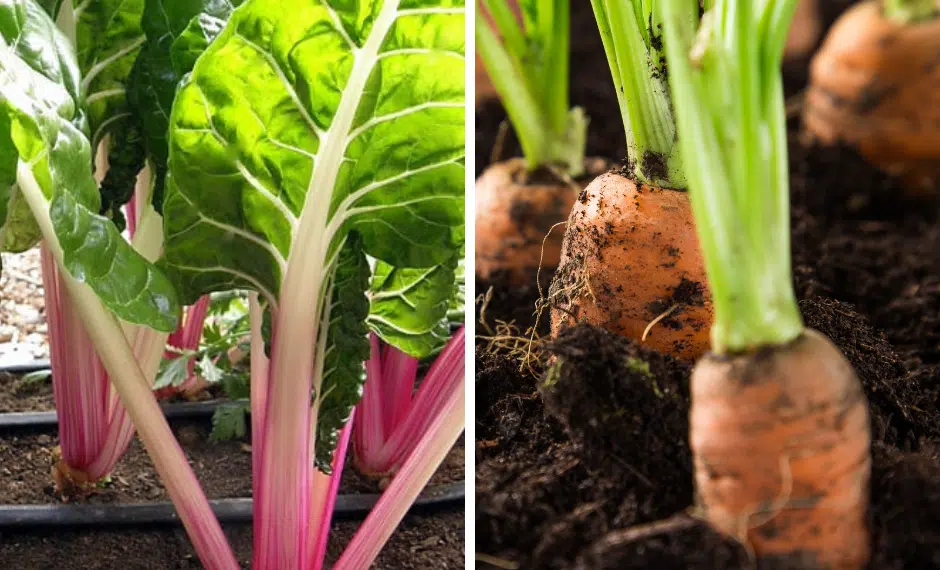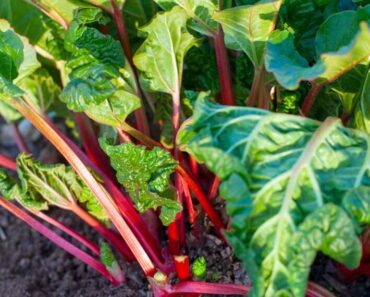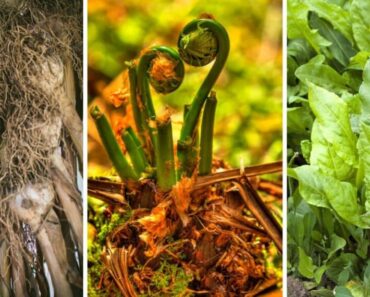As the temperatures drop and frost becomes a common occurrence in October, many gardeners assume the growing season is over.
However, there are several frost-tolerant vegetables that can thrive in cool weather and even withstand light frosts, making fall an excellent time to continue your gardening efforts.
Here are 9 frost-tolerant vegetables you can plant and grow in October to extend your harvest well into the cooler months.
1. Kale
Kale is one of the hardiest greens you can grow, and it actually tastes sweeter after being exposed to frost. The cool temperatures cause the plant to convert starches into sugars, resulting in a more flavorful crop.
Kale can survive in temperatures as low as 20°F (-6°C), making it perfect for fall planting.
How to Grow: Sow kale seeds directly into the ground in October, or transplant young plants. Space the plants about 12-18 inches apart and provide full sun or partial shade.
2. Brussels Sprouts
Brussels sprouts are another vegetable that benefits from cold weather. These mini cabbages grow best in cooler temperatures, and their flavor improves after the first frost.
They are slow-growing, but once mature, they can tolerate temperatures as low as 20°F (-6°C).
How to Grow: Start by planting Brussels sprout transplants in early October, giving them plenty of space—about 18-24 inches apart. They thrive in full sun and rich soil.
3. Spinach
Spinach is a fast-growing, frost-tolerant green that thrives in cool weather. It can survive light frosts and even temperatures down to 15°F (-9°C). The cold weather helps spinach leaves stay tender and flavorful.
How to Grow: Plant spinach seeds in well-drained soil about 1/2 inch deep and 3-4 inches apart. Spinach prefers full sun, but it will tolerate partial shade in the cooler months.
4. Carrots
Carrots are surprisingly hardy and can withstand frost, even improving in flavor as the cold weather converts their starches into sugars.
Carrots can survive in temperatures as low as 15°F (-9°C), especially when insulated with a layer of mulch.
How to Grow: Sow carrot seeds directly into the soil in early October. Keep the rows spaced about 12 inches apart and plant the seeds 1/4 inch deep. Water regularly and mulch heavily as temperatures drop.
5. Swiss Chard
Swiss chard is a cold-hardy green that can tolerate light frosts and temperatures as low as 20°F (-6°C). It’s a resilient plant that provides colorful, nutritious leaves throughout the fall and early winter.
How to Grow: Plant Swiss chard seeds 1/2 inch deep and space them 6-12 inches apart. Chard prefers full sun but can also grow well in partial shade during cooler months.
6. Broccoli
Broccoli is a frost-tolerant vegetable that thrives in cool temperatures, and its flavor is enhanced by frost. Broccoli plants can handle temperatures down to 28°F (-2°C), making it a great crop for October planting.
How to Grow: Plant broccoli transplants in full sun, spacing them 18-24 inches apart. Broccoli prefers well-drained soil and will continue to grow until the hard freezes set in.
7. Beets
Beets are another root vegetable that can survive frost and even improve in flavor as the weather cools. They can tolerate light frosts and temperatures as low as 25°F (-4°C), making them a perfect fall crop.
How to Grow: Sow beet seeds about 1/2 inch deep and 2-3 inches apart. Beets grow best in full sun, but they can tolerate partial shade as temperatures drop. Mulch around the plants to protect them from frost.
8. Cabbage
Cabbage is one of the hardiest leafy vegetables, capable of surviving in temperatures as low as 20°F (-6°C). Frost improves its flavor and texture, making cabbage a great option for late fall gardening.
How to Grow: Plant cabbage transplants in full sun, spacing them 12-18 inches apart. Cabbage prefers nutrient-rich, well-drained soil. Harvest after frost for the best flavor.
9. Turnips
Turnips are another root vegetable that thrives in cool weather and can handle light frosts. They can survive temperatures down to 25°F (-4°C) and grow quickly in the fall.
How to Grow: Sow turnip seeds directly into the soil about 1/2 inch deep and 2-3 inches apart. Turnips prefer full sun and well-drained soil. Mulching around the plants will help protect them from frost.
Don’t let the cooler temperatures of October signal the end of your gardening season.







